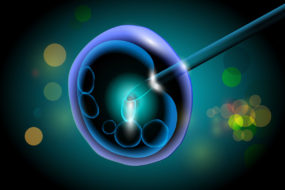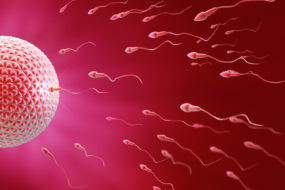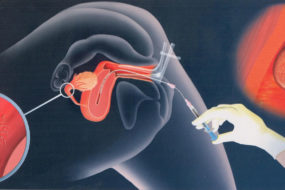Before intrauterine insemination, ovulation stimulating medications may be used, in which case careful monitoring will be necessary to determine when the eggs are mature. The IUI procedure will then be performed around the time of ovulation, typically about 24-36 hours after the surge in LH hormone that indicates ovulation will occur soon.
A semen sample will be washed by the lab to separate the semen from the seminal fluid. A catheter will then be used to insert the sperm directly into the uterus. This process maximizes the number of sperm cells that are placed in the uterus, thus increasing the possibility of conception.
The IUI procedure takes only a few minutes and involves minimal discomfort. The next step is to watch for signs and symptoms of pregnancy.





